PORTLAND, Ore., U.S.: Biomaterial scaffolds have served as the foundation of tissue engineering; however, they are often difficult to scale in size or shape in order to fit defect‐specific dimensions. Researchers from the Oregon Health and Science University (OHSU) in Portland have now developed small 3D-printed bricks that serve as scaffolding for hard and soft tissue. They believe that this technology could be used for bone augmentation before dental implantation.
“Our patent pending scaffolding is easy to use; it can be stacked together like Legos and placed in thousands of different configurations to match the complexity and size of almost any situation,” said Dr. Luiz Bertassoni, who led the technology’s development and is an associate professor in the OHSU School of Dentistry, in a press release.
A unique advantage of this new scaffolding system is that its hollow blocks can be filled with small amounts of gel containing various growth factors that are precisely placed closest to where they are needed. The study found growth factor-filled blocks placed near repaired rat bones led to about three times more blood vessel growth than did conventional scaffolding material.
“The 3D-printed microcage technology improves healing by stimulating the right type of cells to grow in the right place, and at the right time,” said co-author Dr. Ramesh Subbiah, a postdoctoral scholar at the university and a specialist in growth factor delivery. “Different growth factors can be placed inside each block, enabling us to more precisely and quickly repair tissue.”
The small devices are modular and can be assembled to fit into almost any space. When block segments, each consisting of four layers of four bricks by four bricks, are pieced together, the researchers estimate that more than 29,000 different configurations can be created.
The researchers plan to test the technology’s ability to repair more complex bone fractures in rats or larger animals in the future. By changing the composition of the technology’s 3D-printed materials, they envision that it could also be used to build or repair soft tissue.
The study, titled “3D printing of microgel‐loaded modular microcages as instructive scaffolds for tissue engineering,” was published online on July 23, 2020, in Advanced Materials, ahead of inclusion in an issue.
Tags:
Resin composites are wonderful restorative materials. Besides allowing for minimally invasive, defect-oriented tooth preparation, they can be modelled as ...
I know this subject is scary and most of you don’t even want to think about producing video as part of your Internet marketing program. It’s ...
NORMAN, Okla., U.S.: A considerable proportion of oral cancer diagnoses are made when the cancer is advanced. A University of Oklahoma (OU) researcher is ...
XI’AN, China: Dental implantology is no longer just about milling. Technological leaps in additive manufacturing have hastened both the pace at which ...
DUBAI, UAE: Earlier this month, over 1,200 dental professionals from 50 countries gathered at the Grand Hyatt Dubai for Densply Sirona World Dubai 2025....
WROCŁAW, Poland: With substantial manufacturing capabilities in Mexico and China, Align Technology can already boast of having the world’s largest ...
Implant dentistry has undergone a revolutionary transformation with the advent of digital workflows. These advancements have significantly improved the ...
Swiss dentists Drs Haley and Goly Abivardi are internationally renowned innovators, award-winning entrepreneurs, and the CEOs and founders of vVARDIS, a ...
PITTSBURGH, US: A new US$17 million research initiative led by the University of Pittsburgh is set to revolutionise understanding and treatment of ...
NEW YORK, U.S.: Encouraging people from all socio-economic backgrounds to study dentistry can only mean good things for the profession as a whole. However, ...
Live webinar
Mon. 12 January 2026
9:00 am EST (New York)
Prof. Judith Jones D.D.S; M.P.H., Prof. Kakuhiro Fukai D.D.S., Ph.D, Dr. Bathsheba (Bethy) Turton
Live webinar
Wed. 14 January 2026
12:00 pm EST (New York)
Dr. Théo Laplane, Dr. Robert Gottlander DDS
Live webinar
Fri. 16 January 2026
12:00 pm EST (New York)
Live webinar
Mon. 19 January 2026
1:00 pm EST (New York)
Philipp Kopp, Michael Seeber
Live webinar
Thu. 22 January 2026
2:00 pm EST (New York)
Dr. Nicola M. Grande DDS, PhD
Live webinar
Wed. 28 January 2026
8:00 am EST (New York)
Live webinar
Wed. 28 January 2026
11:00 am EST (New York)
Prof. Dr. Jan-Frederik Güth



 Austria / Österreich
Austria / Österreich
 Bosnia and Herzegovina / Босна и Херцеговина
Bosnia and Herzegovina / Босна и Херцеговина
 Bulgaria / България
Bulgaria / България
 Croatia / Hrvatska
Croatia / Hrvatska
 Czech Republic & Slovakia / Česká republika & Slovensko
Czech Republic & Slovakia / Česká republika & Slovensko
 France / France
France / France
 Germany / Deutschland
Germany / Deutschland
 Greece / ΕΛΛΑΔΑ
Greece / ΕΛΛΑΔΑ
 Hungary / Hungary
Hungary / Hungary
 Italy / Italia
Italy / Italia
 Netherlands / Nederland
Netherlands / Nederland
 Nordic / Nordic
Nordic / Nordic
 Poland / Polska
Poland / Polska
 Portugal / Portugal
Portugal / Portugal
 Romania & Moldova / România & Moldova
Romania & Moldova / România & Moldova
 Slovenia / Slovenija
Slovenia / Slovenija
 Serbia & Montenegro / Србија и Црна Гора
Serbia & Montenegro / Србија и Црна Гора
 Spain / España
Spain / España
 Switzerland / Schweiz
Switzerland / Schweiz
 Turkey / Türkiye
Turkey / Türkiye
 UK & Ireland / UK & Ireland
UK & Ireland / UK & Ireland
 Brazil / Brasil
Brazil / Brasil
 Canada / Canada
Canada / Canada
 Latin America / Latinoamérica
Latin America / Latinoamérica
 USA / USA
USA / USA
 China / 中国
China / 中国
 India / भारत गणराज्य
India / भारत गणराज्य
 Pakistan / Pākistān
Pakistan / Pākistān
 Vietnam / Việt Nam
Vietnam / Việt Nam
 ASEAN / ASEAN
ASEAN / ASEAN
 Israel / מְדִינַת יִשְׂרָאֵל
Israel / מְדִינַת יִשְׂרָאֵל
 Algeria, Morocco & Tunisia / الجزائر والمغرب وتونس
Algeria, Morocco & Tunisia / الجزائر والمغرب وتونس
 Middle East / Middle East
Middle East / Middle East
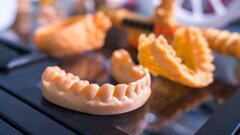
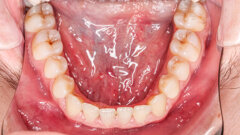






















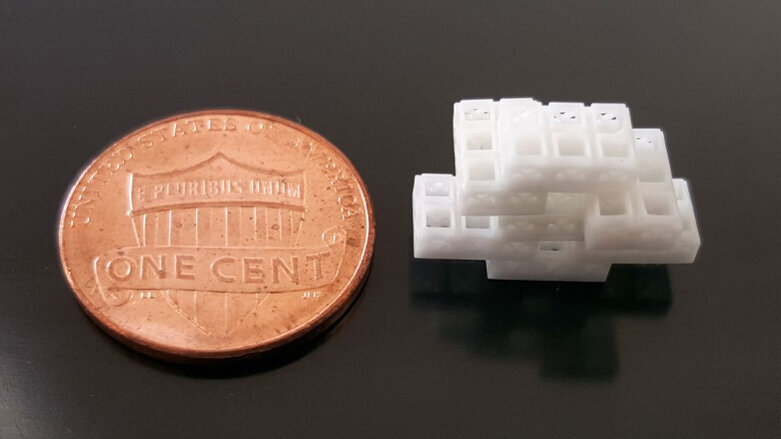



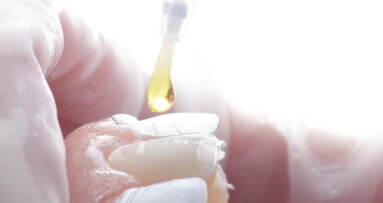

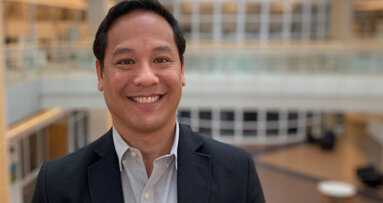
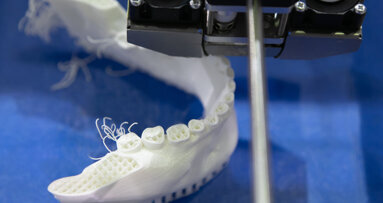
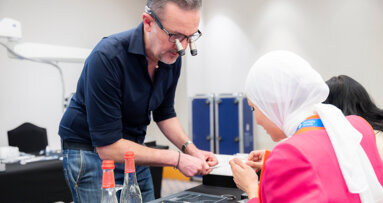

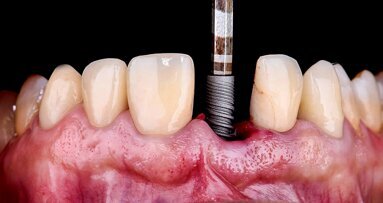

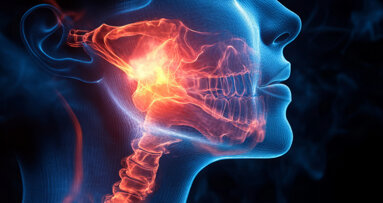
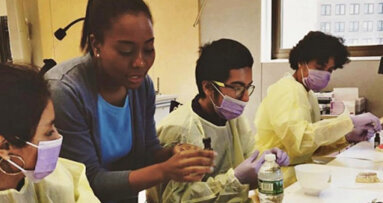










To post a reply please login or register